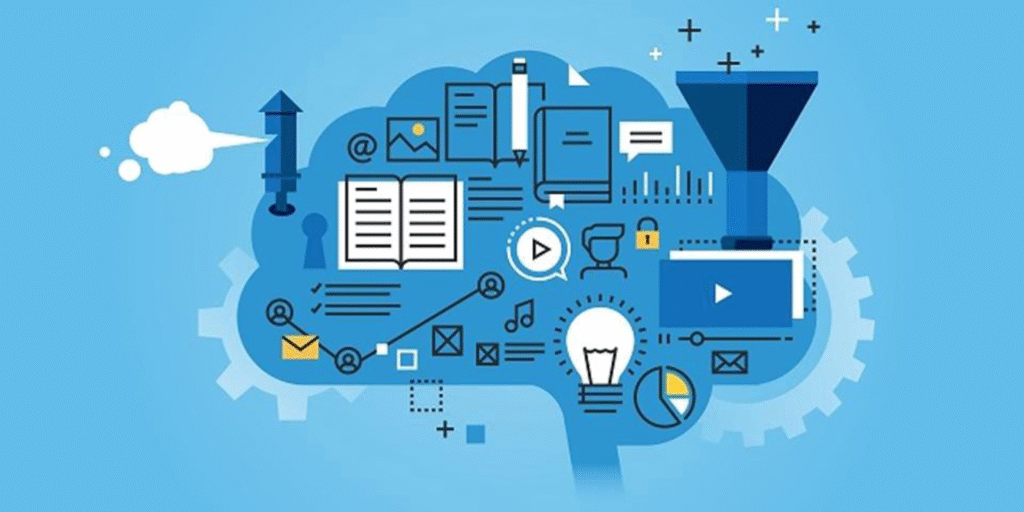Introduction
In a business environment characterized by constant change, fierce competition, and an overwhelming amount of information, making the right decision at the right time is critical. Enter data-driven decision making (DDDM)—an approach that leverages data analytics to guide strategic, operational, and tactical choices. Organizations around the globe are turning to data not just as a support tool but as the foundation for success. This article explores how data-driven decision making empowers businesses to drive performance, mitigate risks, and capture new opportunities.
What is Data-Driven Decision Making?

Defining DDDM
Data-driven decision making is the process of making choices based on data analysis rather than intuition or observation alone. It involves collecting relevant data, analyzing it, and using the insights to inform actions.
The Evolution of Decision-Making
Traditionally, decisions were based on experience, gut feeling, or anecdotal evidence. With technological advancements, businesses can now access real-time data to improve accuracy and efficiency.
Key Components of Data-Driven Decision Making
Data Collection
Accurate and timely data collection from various sources including CRM systems, social media, customer feedback, and internal databases.
Data Analysis
Use of statistical tools, algorithms, and machine learning models to interpret data and find patterns.
Visualization Tools
Dashboards and visualization tools such as Tableau and Power BI help stakeholders easily understand complex data.
Insight Generation
Transforming raw data into actionable insights that align with business goals.
Benefits of Data-Driven Decision Making
Improved Accuracy
Data-driven decisions reduce the chances of error and bias, resulting in more consistent outcomes.
Faster Decision Making
Real-time analytics allow for quicker responses to market changes or operational issues.
Increased Efficiency
Organizations streamline operations and reduce waste by acting on concrete data.
Competitive Advantage
Companies that use data effectively can anticipate trends and respond proactively.
Real-World Applications

Marketing
Using customer segmentation and campaign analytics to personalize messaging and improve ROI.
Finance
Forecasting revenue, managing risk, and optimizing investment strategies through predictive analytics.
Operations
Enhancing supply chain efficiency, inventory management, and production planning.
Human Resources
Improving recruitment processes and employee retention with data from HR analytics tools.
Tools and Technologies
Business Intelligence Platforms
- Tableau
- Power BI
- QlikView
Data Management Systems
- SQL Databases
- Data Lakes
- Cloud Storage (AWS, Azure, Google Cloud)
Analytics and Machine Learning
- Python
- R
- SAS
- Google Analytics
Building a Data-Driven Culture

Leadership Buy-In
Management must champion the use of data in every facet of the business.
Training and Literacy
Employees should be trained in data literacy to understand, interpret, and apply data effectively.
Data Governance
Implementing policies for data quality, security, and compliance ensures long-term success.
Collaboration
Encouraging cross-functional teams to share data insights can foster innovation and improve decision-making.
Challenges of Implementing DDDM
Data Overload
Too much data can be overwhelming and may lead to analysis paralysis.
Data Silos
Lack of integration between departments can result in fragmented or inconsistent data.
Resistance to Change
Some employees may resist adopting new technologies or data processes.
Data Quality Issues
Inaccurate, outdated, or incomplete data can lead to poor decisions.
Overcoming the Challenges
Establishing Clear Objectives
Know what you want to achieve with your data initiatives.
Integrating Systems
Ensure seamless data flow across all departments through robust data integration.
Encouraging a Growth Mindset
Promote continuous learning and adaptation to new data tools and practices.
Regular Auditing
Routinely check for data integrity and system performance.
The Role of Leadership in DDDM
Vision and Strategy
Leaders must align data initiatives with long-term business goals.
Empowering Teams
Providing access to data tools and training fosters innovation and ownership.
Setting Metrics
Define KPIs and monitor performance to track the impact of data-driven strategies.
Case Studies
Amazon: Personalization at Scale
Amazon uses customer data to drive personalized recommendations, optimizing the shopping experience and boosting sales.
Netflix: Content Creation
Netflix leverages viewer data to make decisions on content production, leading to hits like Stranger Things.
UPS: Logistics Optimization
UPS uses predictive analytics to improve route planning, saving millions in fuel and labor costs.
Future of Data-Driven Decision Making
Integration of AI and ML
As AI becomes more sophisticated, businesses will be able to automate more complex decisions.
Democratization of Data
More employees across all levels will have access to data tools, fostering broader participation in decision-making.
Real-Time Decision Making
With the rise of IoT and 5G, decisions can be made instantly based on live data streams.
Ethical Considerations
As reliance on data increases, so will the need for ethical guidelines around privacy, bias, and accountability.
Also Read : Online MBA In Data Science And Analytics: A Comprehensive Guide
Conclusion
Data-driven decision making is more than just a buzzword—it’s a transformative strategy that is reshaping the way organizations operate. From improving efficiency and accuracy to enhancing customer satisfaction and driving innovation, DDDM empowers businesses to thrive in a data-centric world. By building a strong data culture, embracing the right technologies, and fostering analytical thinking, organizations can move from reactive to proactive, making decisions that are not only informed but also impactful.
FAQs
What is the first step to becoming a data-driven organization?
Start by setting clear business goals and aligning data collection efforts with those objectives.
Do small businesses benefit from DDDM?
Absolutely. Even small businesses can gain insights into customer behavior, inventory needs, and marketing effectiveness.
Is data-driven decision making only for tech companies?
No, industries like healthcare, retail, finance, and logistics are also leveraging data effectively.
How do I ensure the quality of my data?
Implement data governance protocols, regular audits, and ensure data is sourced from credible systems.
What are the risks of relying too much on data?
Over-reliance on data without human judgment can lead to missed nuances or ethical issues. A balanced approach is key.

